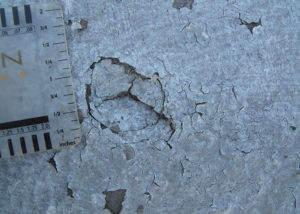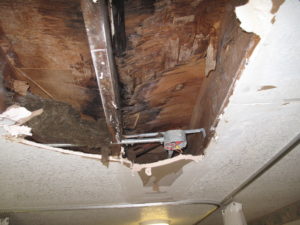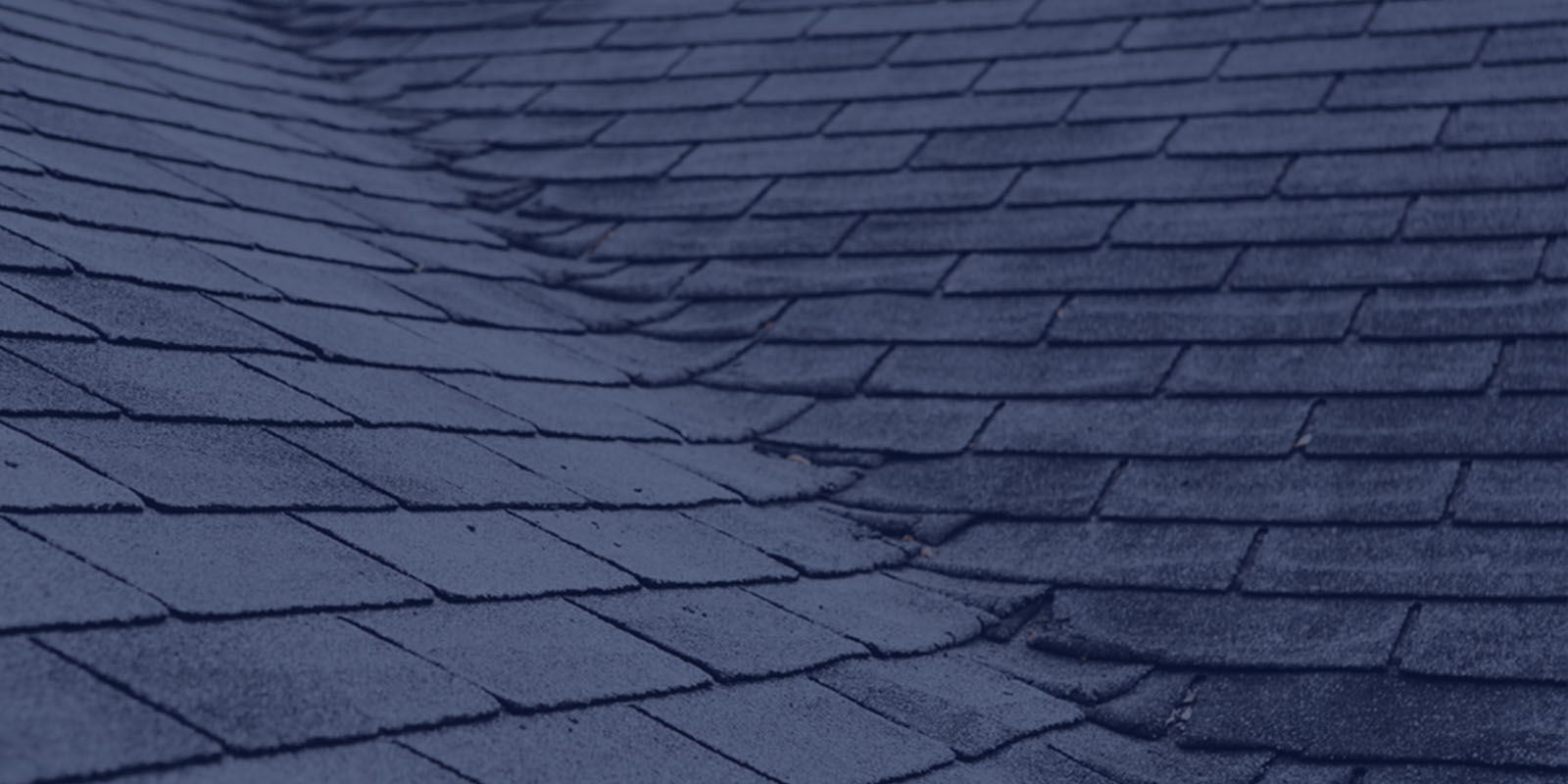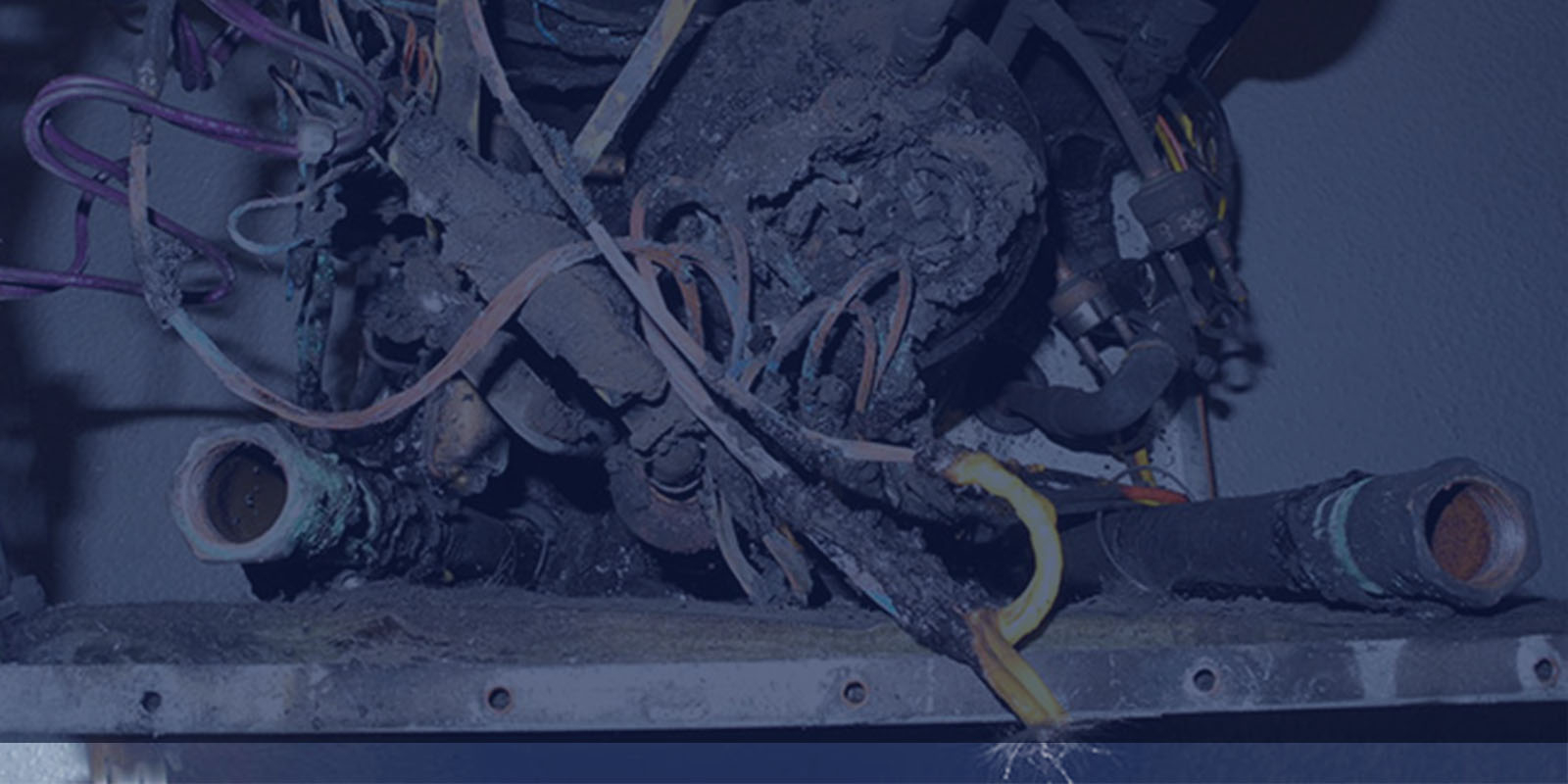A critical function of a roof is to keep water from entering a building; however, roofs are exposed to damaging environmental elements more than perhaps any other component of the building. A roof gets blasted by ultraviolet (UV) radiation from the sun; is pelted by rain, snow, and hail; experiences significant temperature swings; and must withstand the forces of wind. These exposure conditions compound one another, and render roofing materials subject to deterioration over time. Such deterioration can affect a roof’s integrity and water-shedding performance, and can cause the roof to fail prematurely. This can be disruptive to building occupants and costly to building owners.

Shingle roofing is one of the most common contemporary roofing materials. Typical shingles have a rated lifespan of 20-25 years; although some higher-grade shingles are rated for longer. Shingles are composed of asphalt and reinforcement, and have a mineral surfacing to provide protection for the asphalt from the effects of both UV exposure and impact. Over time, the mineral surfacing will experience wear, resulting decreased protection. While this is expected to occur, shingles that experience abrasion damage (such as from foot traffic or from tree branches rubbing the roof), and shingles that have manufacturing deficiencies, may lose a significant amount of their protective surfacing in a given area. These shingles are then susceptible to accelerated deterioration, and the potential for roof leaks develops.
The sealant that adheres one shingle to the next is also subject to deterioration as shingles age. It is common for the adhesive bond to fail at the corners of shingles over time as the shingles themselves shrink and expand due to temperature changes. Eventually, the corners can become unadhered, increasing the susceptibility of the roof to further damage from wind.
For membrane roof systems, such as built-up membrane roofing and modified bitumen membrane roofing, long-term shrinkage can lead to openings at joints and seams. Such roofs may also deteriorate due to the extended presence of standing water or blisters that form within the membrane system. Deterioration in these systems can result in water trapped within the roof and, if left unaddressed for long enough, can cause deterioration damage to the roof structure itself.

Single-ply membrane systems can also experience membrane shrinkage, leading to failure at joints and seams, and some can become embrittled over time, severely decreasing their impact resistance.
While metal roofing is often perceived and marketed as a long-lasting roof system, deterioration at and around exposed fasteners can result in roof leaks. These roofing systems, like others, require regular maintenance.
While the roof protects the structure and the contents from the elements, it is often not visible from the ground and difficult to access. As such, it is all too common that the roof is not visited regularly and that routine roof maintenance is ignored. This “out-of-sight, out-of-mind” approach to maintenance can lead to severe property damage to a building and its contents that could have been easily prevented.

